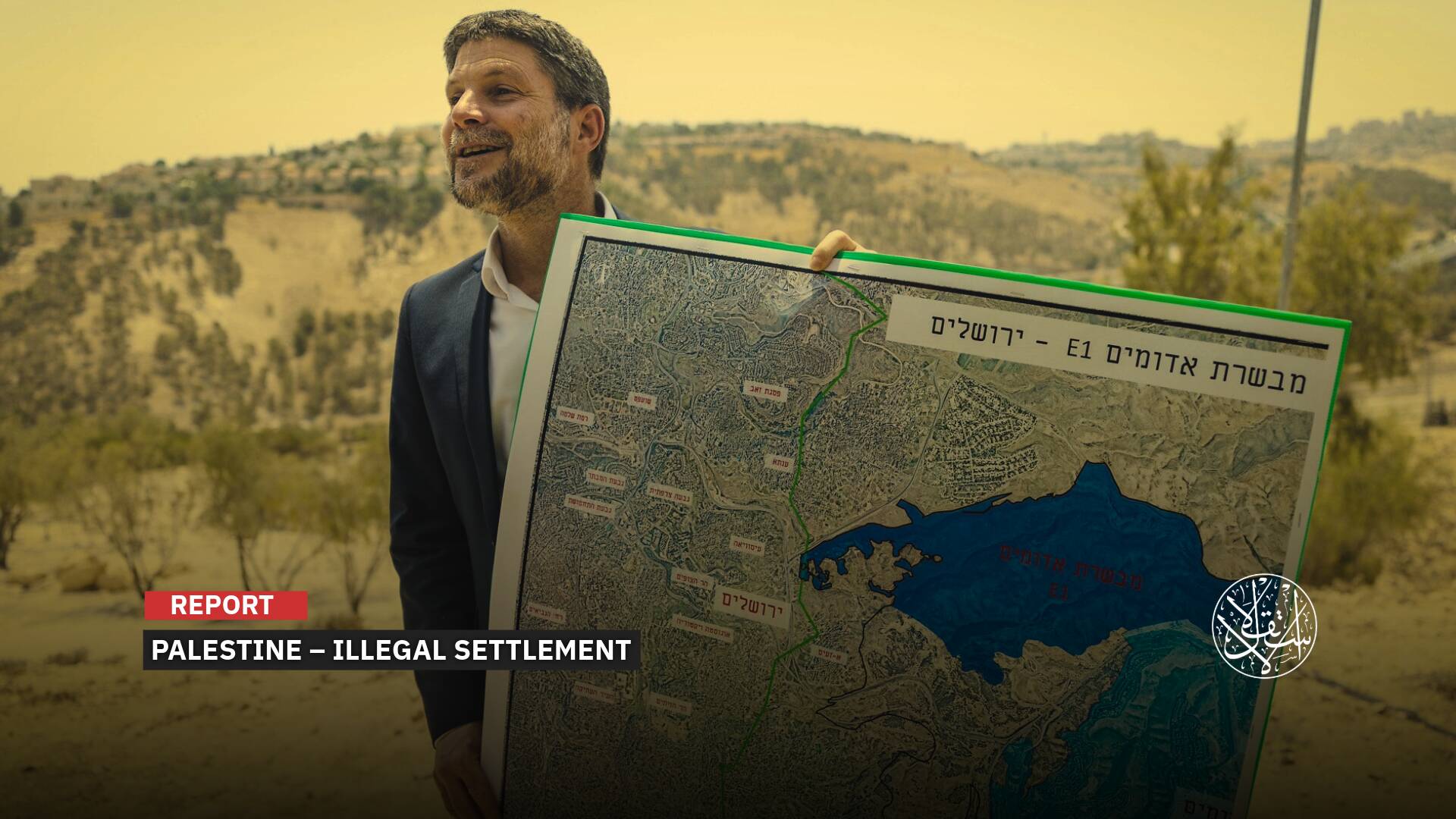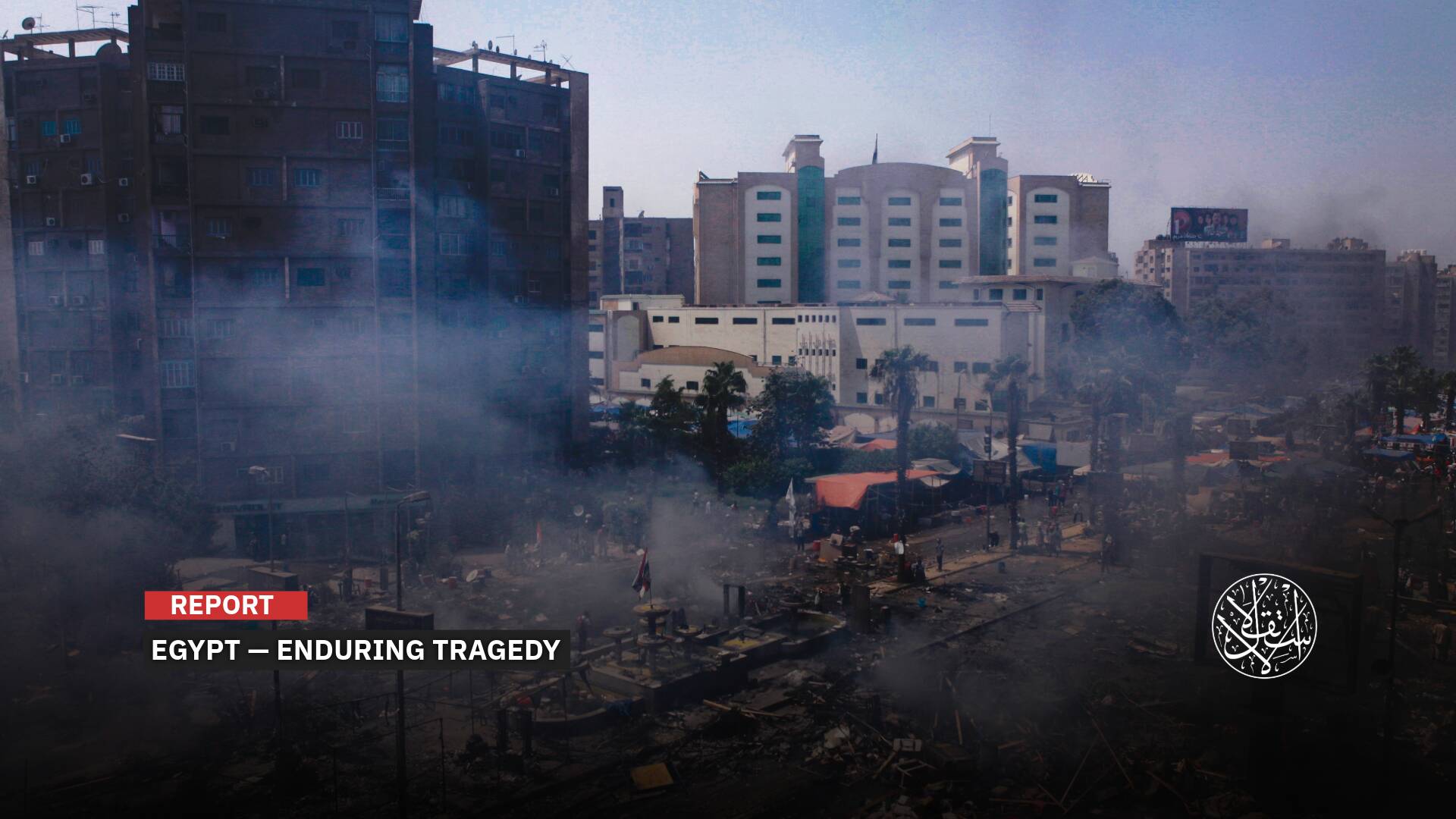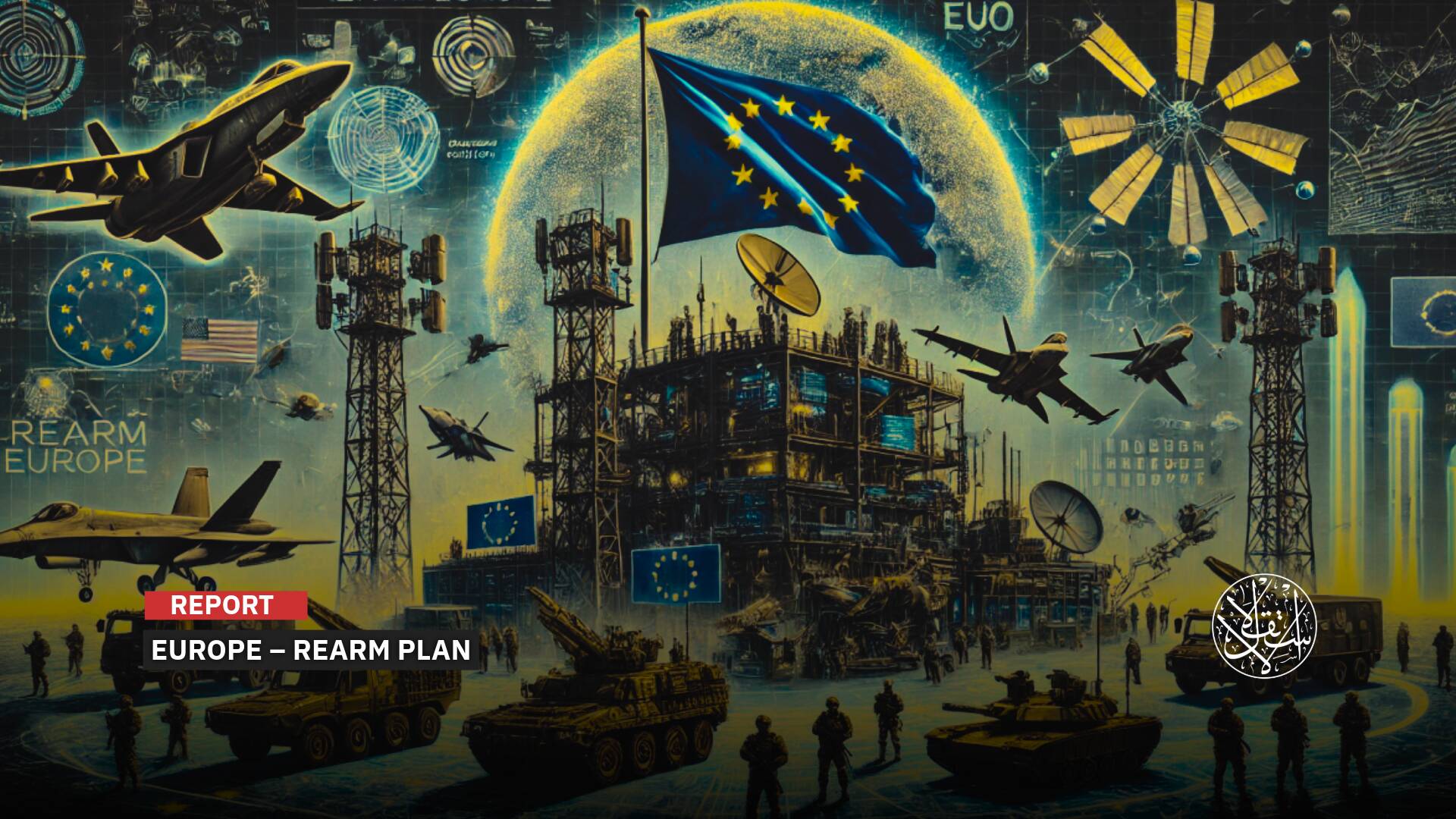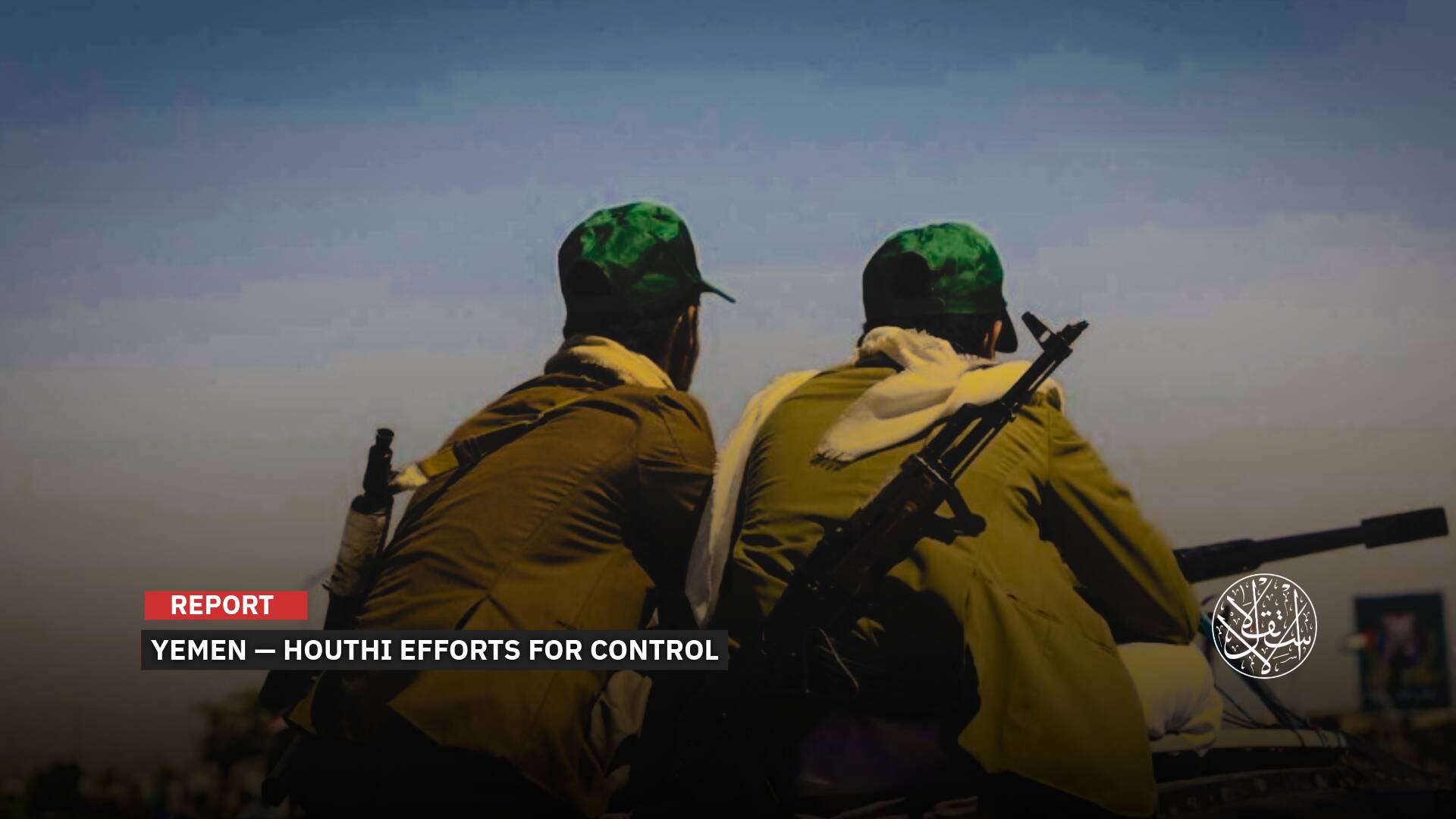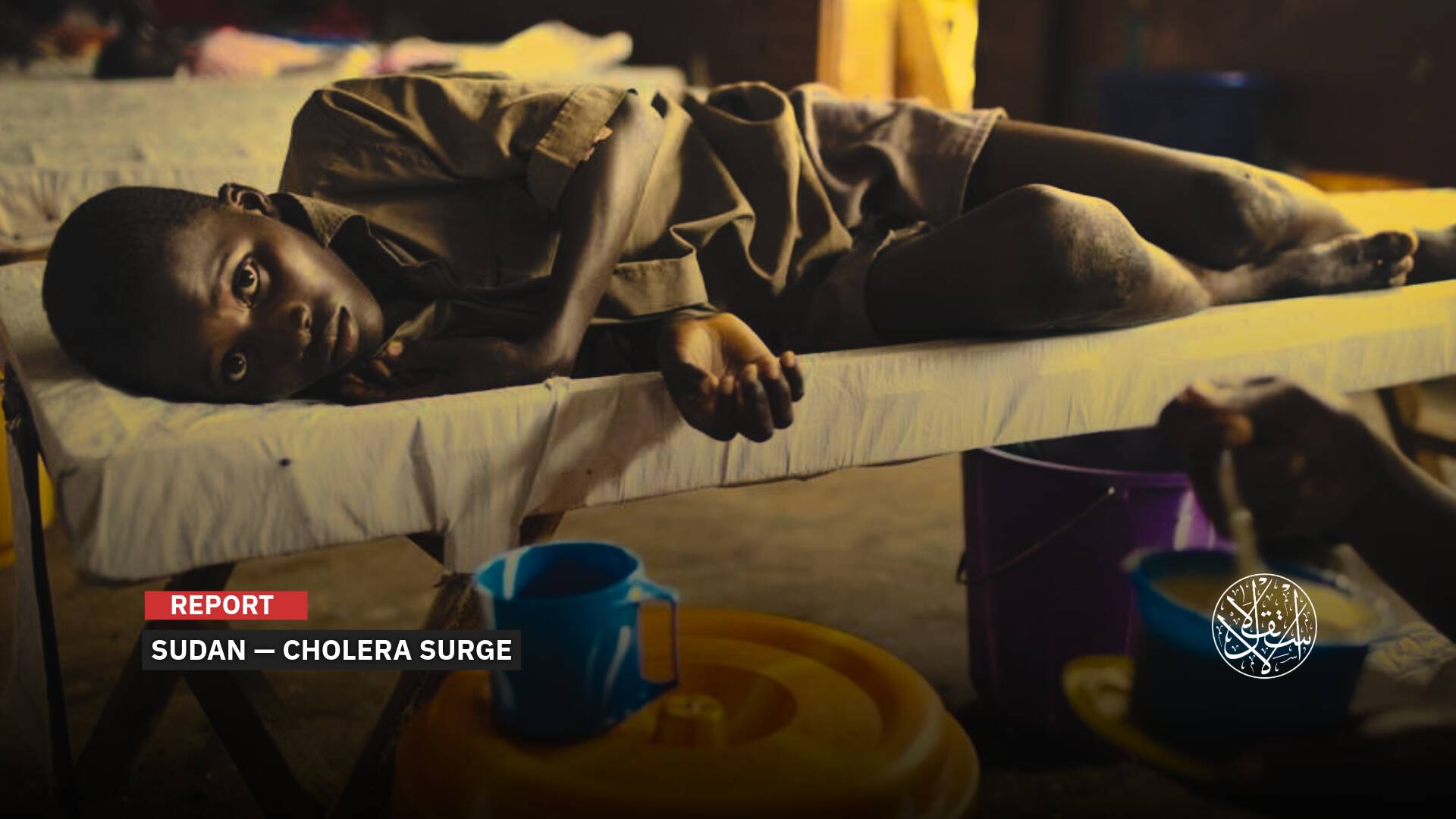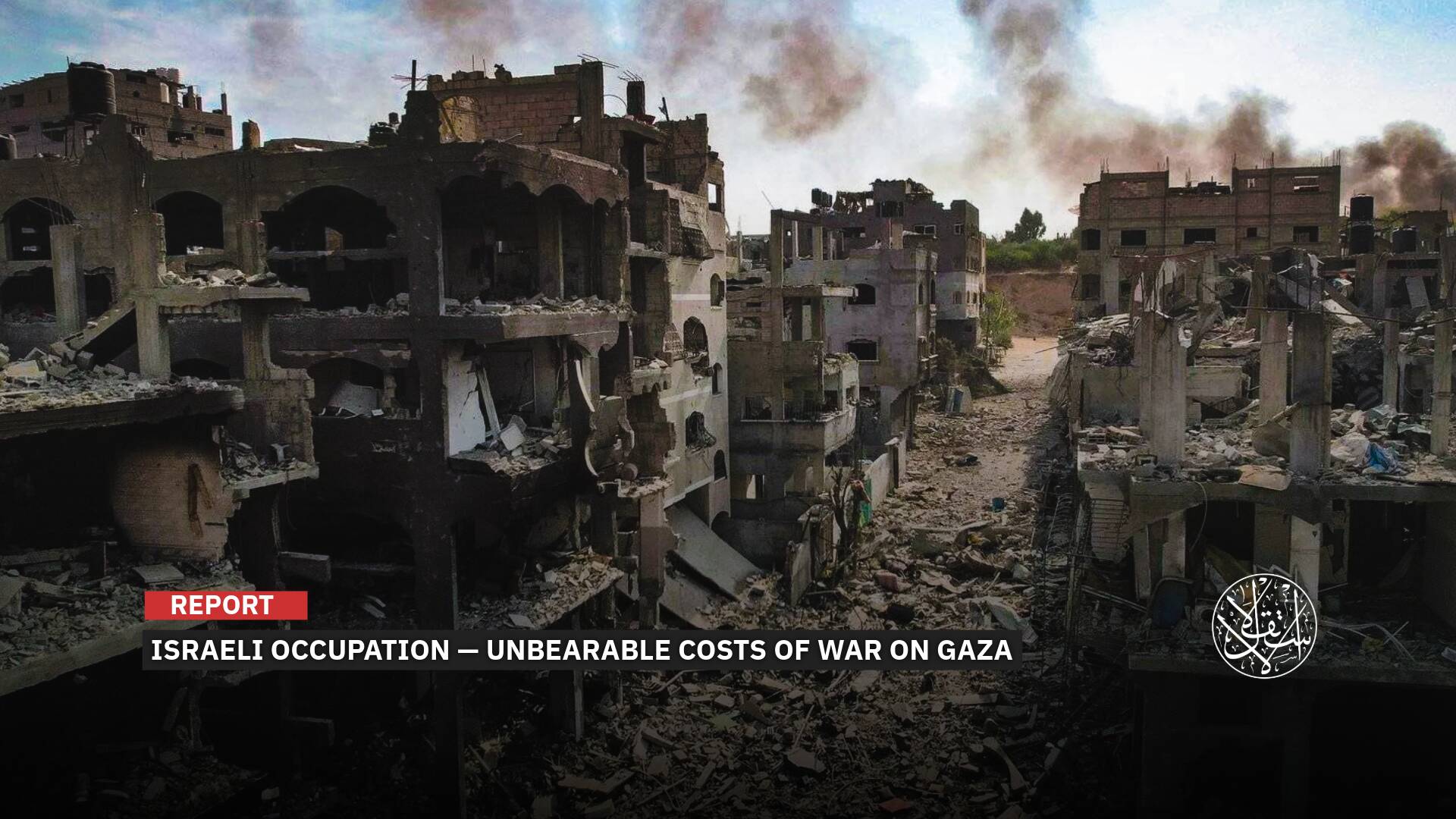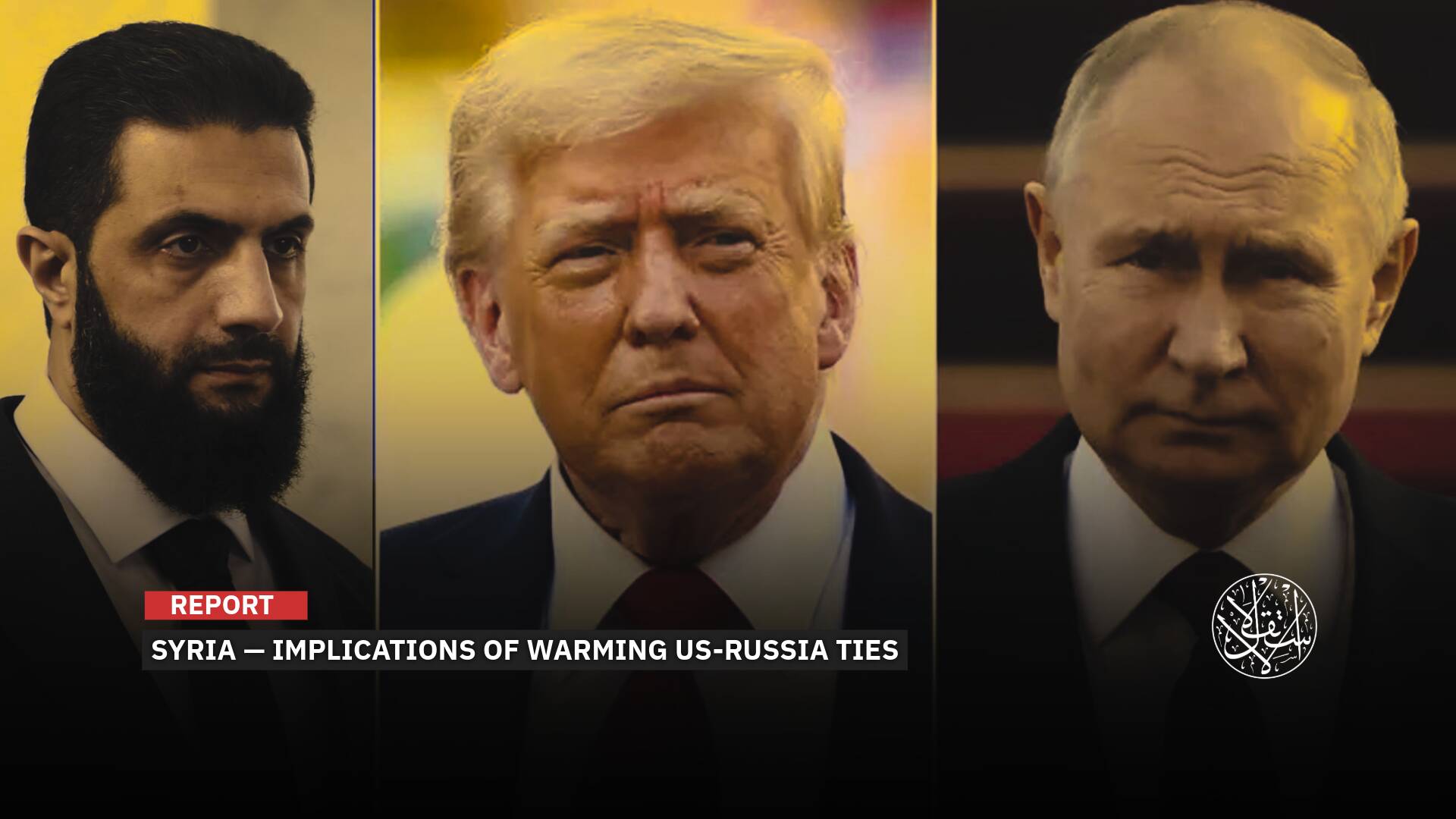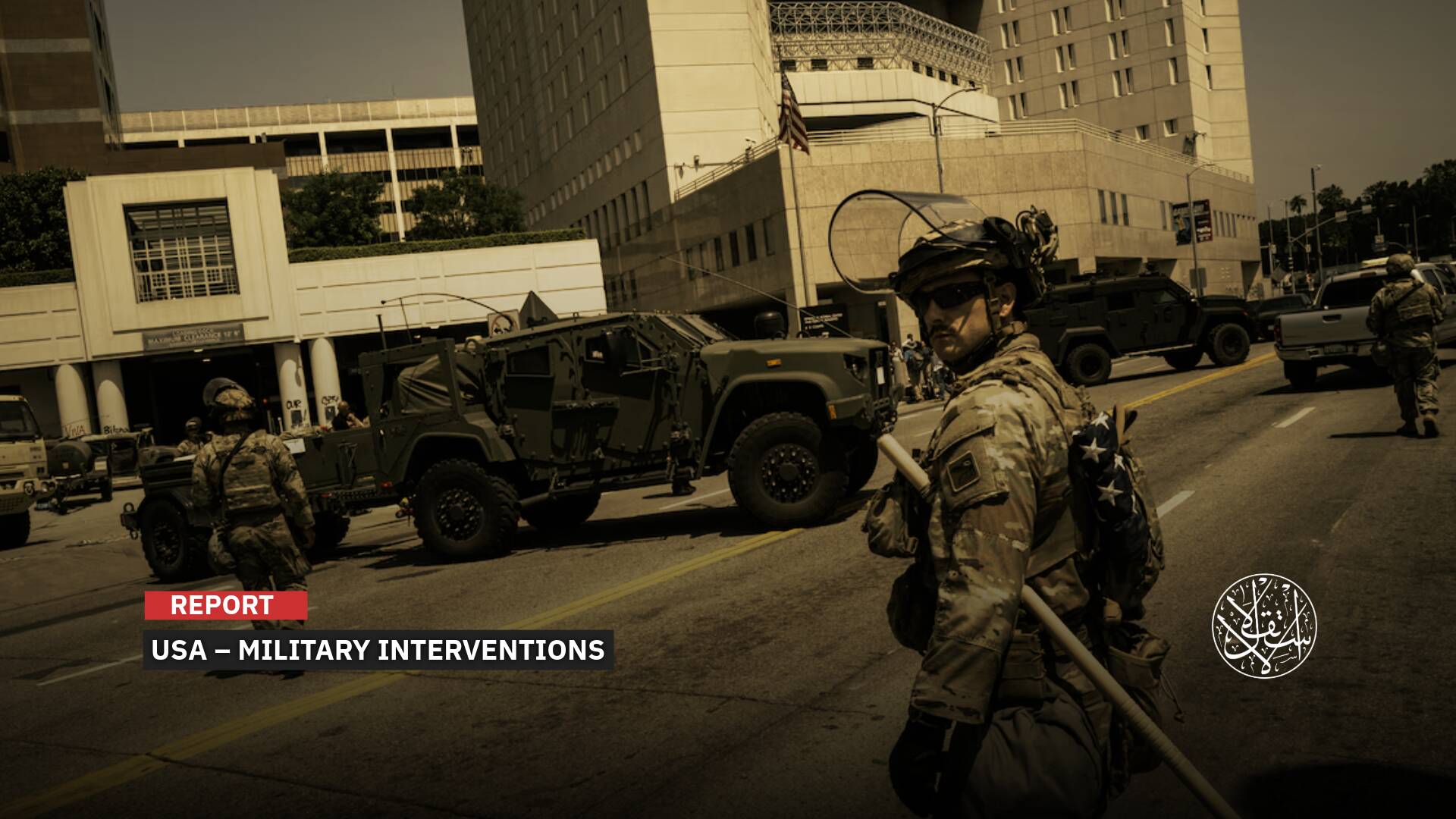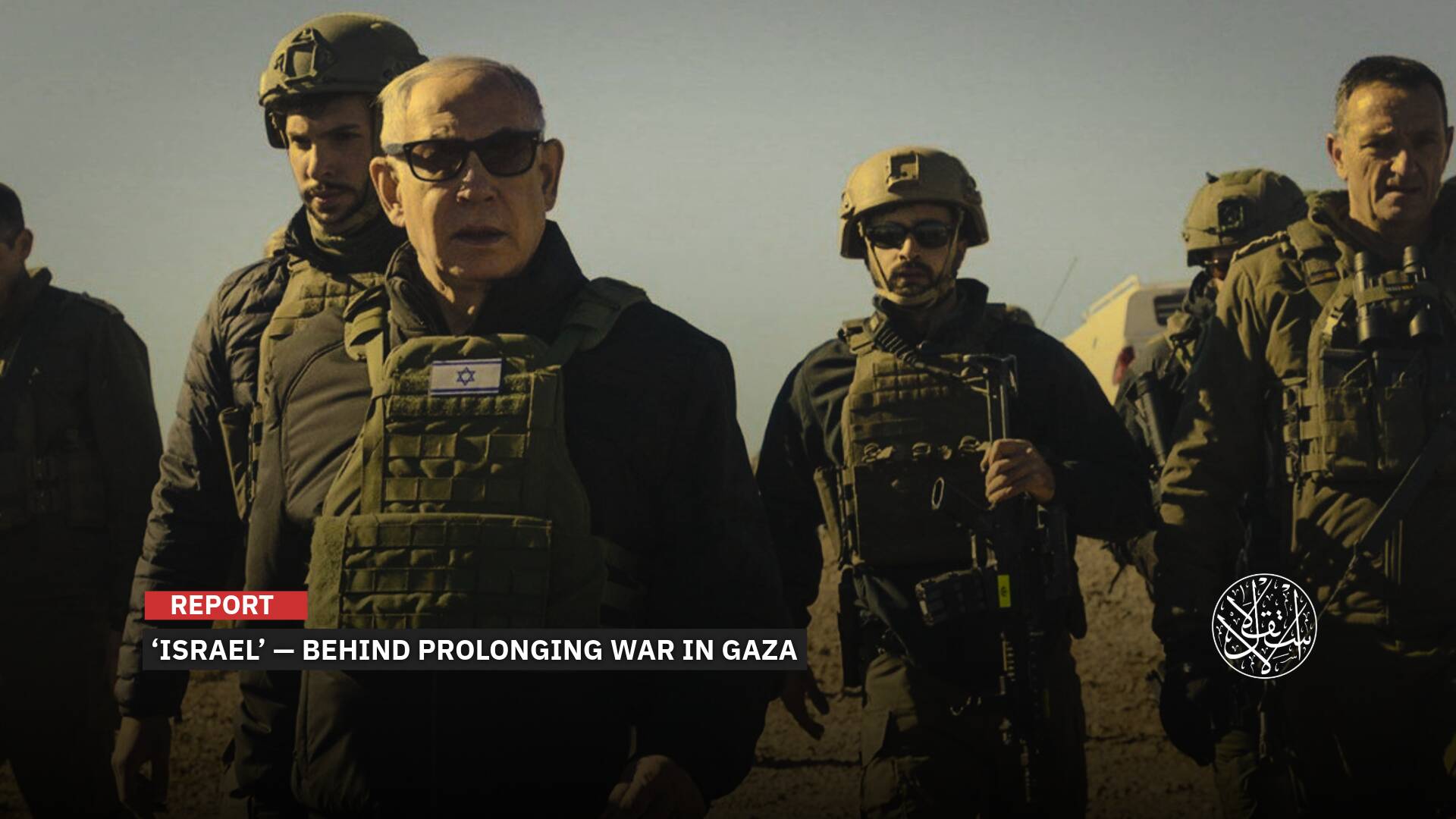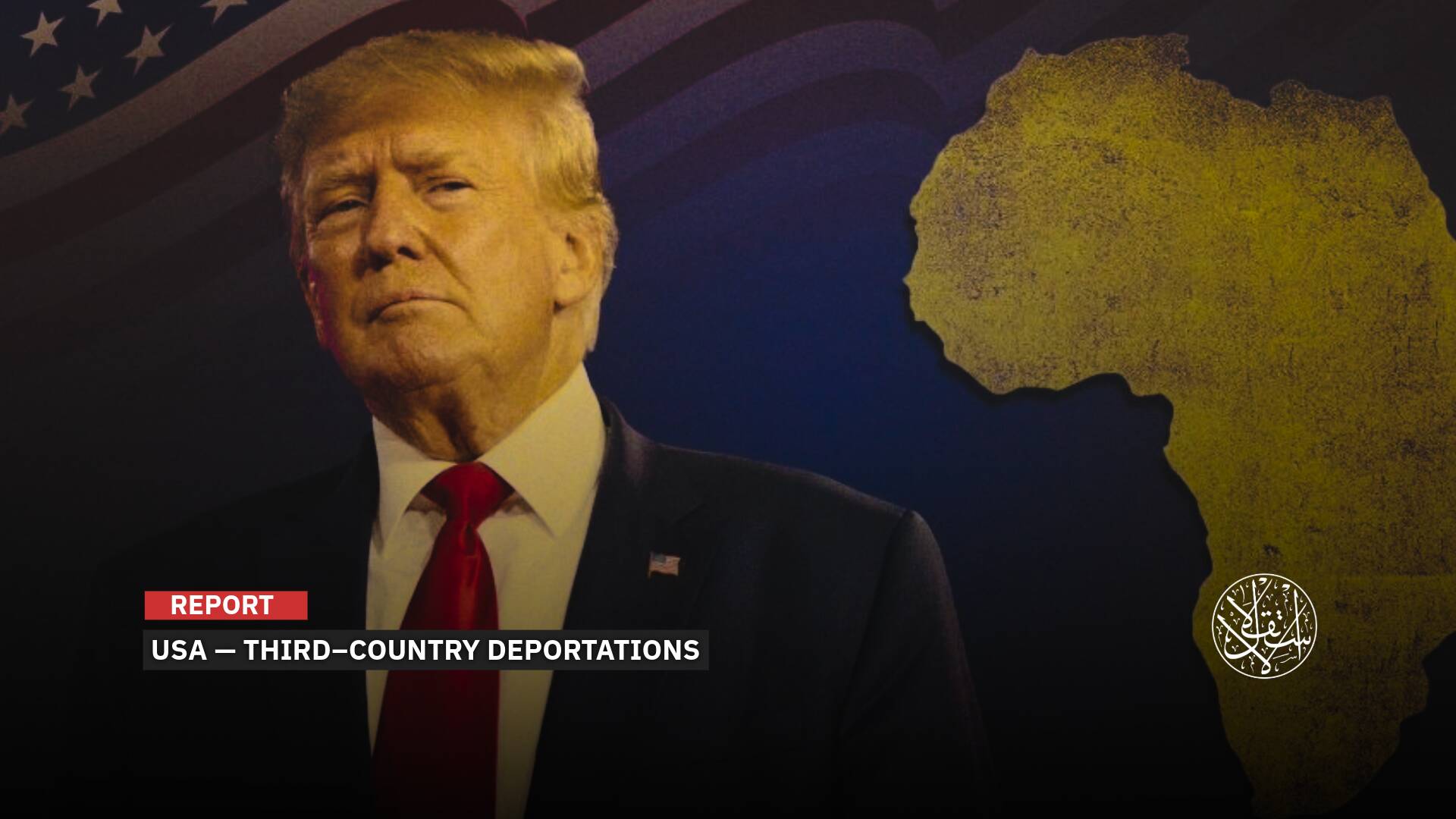Um Badr and Bara: How Forgotten Sudanese Towns Became Key Battlegrounds in a Deadly War

Recapturing these two points will double the army’s logistical power in the battles for Kordofan.
It is not only major cities that shape the course of wars. In protracted, open conflicts like Sudan’s civil war, small and overlooked towns can suddenly become invaluable.
In Sudan, where geography intertwines with gold and borders with regional interests, two remote towns in North Kordofan — Um Badr and Bara — have emerged as a focal points in the fierce struggle between the Sudanese army and the RSF militia.
Both towns lie under the control of UAE-backed rebel forces. While Um Badr serves as a vital logistical hub sustaining the militia through smuggling, Bara has become a frontline battleground and the scene of a brutal siege on the outskirts of the city of el Obeid.
But how did Um Badr and Bara rise to the heart of the conflict? How have field reports and satellite imagery revealed the strategic importance of these two locations?
Moreover, how have gold deposits, airstrips, and road networks transformed into weapons of war as deadly as guns and tanks?

Um Badr
Once a nearly forgotten town in North Kordofan, Um Badr existed on the margins of the state, breathing the vast desert air and living to the rhythm of herders and artisanal gold miners.
Located some 600 kilometers west of the capital, Khartoum, it sits on the shores of a lake that bears its name.
Renowned for its abundant natural resources, foremost among them gold, Um Badr’s wealth runs deep.
The town is also a historical and social center for the Kawahla tribe, one of Sudan’s largest, lending it a tribal significance with both local and strategic ramifications.
Since the RSF militia lost control of the central region, its leadership has shifted its focus towards North Kordofan, according to Vista Maps, a Sudanese platform specializing in precise, up-to-date military mapping.
On June 29, 2025, Vista Maps noted that Um Badr was their first target—not only due to its strategic position on the export route stretching from Bara to Darfur but also for its concealed significance as a logistical hub for one of the country’s most complex gold smuggling networks.
On the outskirts of the desert, five makeshift dirt airstrips have been established in less than two years, some long enough to accommodate cargo planes.
Satellite images dated March 23, 2025, captured a plane stationed on one of these strips—a striking and unusual sight in a region virtually devoid of any civilian or military airport.

Strategic Hub
From this point, Um Badr rapidly transformed into a highly strategic and perilous hub.
The militia, having lost much of its territory in the east, turned it into an alternative gateway—not only for gold smuggling but also for ferrying wounded senior commanders abroad.
Specifically to Abu Dhabi, where the militia reportedly receives support and patronage, according to Vista Maps.
Returning to the satellite imagery, the network of mines surrounding the airstrips is clearly visible.
At least 40 mines are estimated to have been reopened in recent months, with dirt tracks constructed to link them to airstrips.
This was no haphazard move, but a carefully orchestrated plan to ensure the flow of funding, even as frontlines receded.
In April 2025, satellite imagery revealed clear signs of destruction near airstrip number 2 in the Um Badr area.
This suggests the site may have been subjected to a possible airstrike, believed to have been carried out by the Sudanese Air Force, targeting the logistical infrastructure of the RSF militia.
However, it cannot be ruled out that the damage marks result from intense gold mining activity, especially as the area contains a number of open mines that appear in satellite images with a similar visual pattern to that of airstrike impacts.

The Situation in Bara
Bara was once a quiet town, bustling with livestock markets and silica mines, its only connection to the war was a relative proximity to el Obeid, the capital of North Kordofan.
But the bitter twists of Sudan’s conflict have thrust it into the heart of the bloody struggle.
On June 30, 2025, East Kordofan News reported that the RSF militia—locally known as the Janjaweed—had executed three of its own members in Bara, North Kordofan. The victims, all locals, lived in the Derby neighborhood southeast of the town.
The report named one of the dead as Wad Abu Nar, believed to have been involved in the unrest that erupted two days earlier in the nearby al-Quoz neighborhood.
The executions came amid militia suspicions that the men were collaborating with the army to orchestrate the disturbances and providing intelligence on key locations targeted by Sudanese Air Force strikes.
According to the report, villages surrounding Bara have been subjected to a series of raids by the militia, resulting in widespread forced displacement and the complete looting of residents’ property.
Reports added that the town is now facing a deteriorating humanitarian situation, with all commercial flights and public transport suspended after the militia banned any vehicles from leaving, including passenger and cargo trucks.
Residents described daily struggles to obtain drinking water and gather firewood, often facing beatings and verbal abuse from militia members while moving through the neighborhoods, justified by claims that their coordinates were being recorded for Air Force targeting.
As a result, many families have resorted to burning their own wooden furniture for cooking fuel.
Meanwhile, East Kordofan News reported that thousands of residents—mostly farmers—have been forcibly displaced from villages across the Dar al-Rih area in the north and northeast of the state by RSF militia, with no government response to contain the crisis or meaningful humanitarian intervention to aid those affected.
Bara lies just 40 kilometers from el-Obeid and fell under RSF militia’s control in mid-2023, after which the town was transformed into a military stronghold and supply depot.
Today, however, it faces a dual siege. The Sudanese army, supported by the Hunter Mobile Force, is encircling the town’s outskirts, bombarding it with drones and artillery in an effort to force the RSF militia to withdraw.
The Hunter Mobile Force is a special unit, comprising around 30 subordinate mobile groups with nearly 20,000 fighters, operating under close coordination within the broader command of the Sudanese army’s high command.
Decisive Role
The significance of Um Badr and Bara lies not only in their geographic location but also in the crucial role they have come to play at the heart of Sudan’s war, according to Sudanese journalist and field analyst Mohamed Nasr.
In an interview with Al-Estiklal, Nasr explained that the RSF militia is fully aware it no longer controls major cities but remains determined to hold onto its rear strongholds and gold-producing areas.
"The gold in Um Badr finances the conflict, and the airstrips established there have become clandestine flight routes used to transport equipment and the wounded," Nasr said.
Meanwhile, Bara serves as an ongoing leverage point over the city of el-Obeid, with the RSF militia positioned less than 40 kilometers from the headquarters of the army’s Fifth Infantry Division — making these small areas strategic priorities for all parties involved in the battle.
He explained that the export route linking Khartoum to el-Obeid via Bara, Rahad al-Nuba, and Umm Andariba was, during the early stages of the war, a key axis of military operations for the RSF militia.
The militia established strongholds in Jabra al-Sheikh and Bara, using the route to conduct extensive supply operations during their assault on the capital.
“After the Sudanese army regained control of Khartoum, this route transformed from an offensive lifeline into a corridor for withdrawal and repositioning for the RSF militia,” Nasr added.
But this retreat did not come without a cost; civilians along the length of the route suffered a series of abuses that prompted the youth of the Kababish tribe in Umm Andariba to mount a popular resistance, successfully expelling RSF militia elements and taking control of the town, he said.
The Sudanese journalist noted that the armed forces then seized the initiative in Umm Andariba and advanced to Rahad al-Nuba, where they engaged in a battle that ended in a heavy defeat for the militia.
He added that what remains of this axis are Jabra al-Sheikh and Bara, two key points the army is now determined to recapture in order to close the chapter on the export route once and for all.
“Regaining control of these two positions will give the army a significant logistical advantage, allowing it to open a direct supply line from Khartoum to el-Obeid, easing pressure on the city and securing the rear of advancing forces in Kordofan.”
“Currently, the army relies on the Kosti-el-Obeid route, a longer and more vulnerable supply line. Securing control over Bara and Jabra al-Sheikh is therefore not just a tactical victory, but a significant and pivotal shift in the course of the war,” Nasr added.
Sources
- From airstrips to mines: How Um Badr became the most dangerous smuggling hub in the Sudanese war [Arabic]
- Dozens killed and injured in airstrikes on the Um Badr area in North Kordofan [Arabic]
- Il-76 plane carrying military equipment for rebels crashes after landing on the runway in Al-Geneina city [Arabic]
- North Kordofan: Humanitarian crisis worsens in Bara amid military siege and supply chain disruptions [Arabic]


